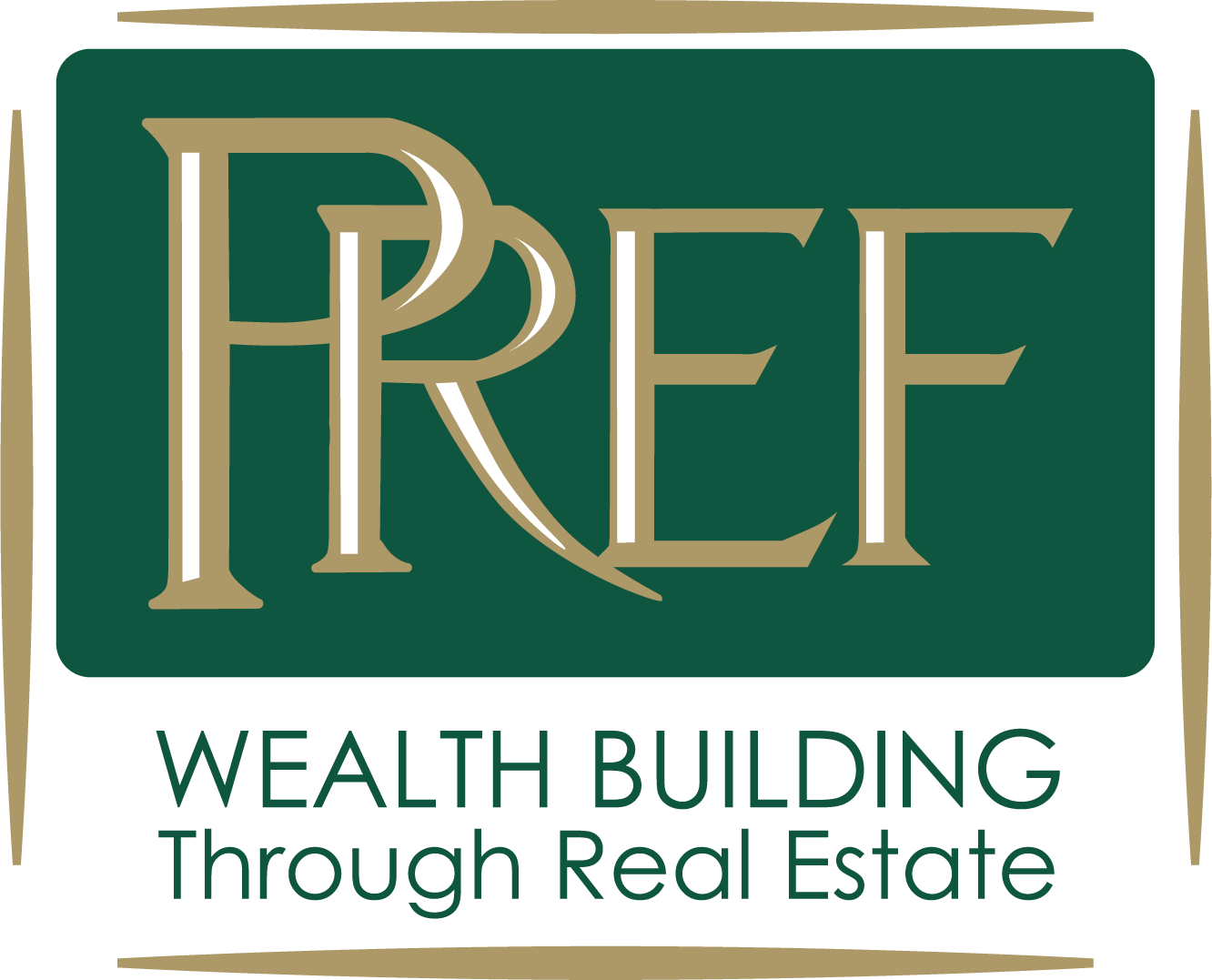Development Regulations: Has Protecting the Public Gone Too Far?
When do development regulations, building codes and zoning regulations transcend protecting the public welfare and instead slow the progression to building a community that better suits today’s rapidly changing lifestyles? Think about it.
Are regulations necessary? Of course they are.
Can regulations strangle creativity and vision? Of course they can.
While some jurisdictions seem more responsive to market demands and changes, others are hell-bent on keeping things the way they are. The relationship between developers, city planners, code enforcers, local politicians and neighborhood activists has always been somewhat adversarial. But how these relationships work in today’s world is particularly important since development has accelerated and looks much different look than it did ten years ago.
What Are the Problems?
- Outdated zoning ordinances and codes which don’t address the high-density, mixed-use development trend
- Code enforcement officials’ tendency to read and adhere strictly to document language
- The regulator’s lack of empowerment for flexible decision-making, particularly with small administrative matters
- The failure of codes/ordinances to address “big picture” issues only and not leave details to the developers
- A cumbersome entitlement and permitting process, dramatically increasing development cost
- The one-size-fits-all attitude, often found in smaller jurisdictions
- Regulation professionals being paid to strictly enforce regulations, not to have vision
What Are the Effects?
- These problems cause project delays, which result in cost increases. (That’s why being a developer requires super deep pockets. It takes 1 year to 18 months just to conceive, design, entitle and permit a project, not to mention land costs, legal costs, permitting costs and due diligence costs.)
- These problems result in decaying neighborhoods and aging, obsolete buildings.
- These problems give rise to lost opportunity. Developers will take their visions elsewhere.
What Are the Solutions?
- Most importantly, encourage a top-down, pro-growth attitude that is clearly reflected in decision-making.
- Institute a periodic review of rules, regulations, and ordinances to ensure maintain their relevancy.
- Empower staff to be reasonable and aware of circumstance.
- Divide the entitlement process to allow for formal review of major projects and a streamlined process for less impactful matters.
- Create neighborhood councils which include developers.
Consider the City of Houston, which doesn’t have zoning, or the City of Charleston, SC, which manages to grow within the context of preserving its historical look. There are lessons to be learned here—so, let the learning begin.
Do you have a success story to share about how you handled a complex regulation issue in a positive way?



